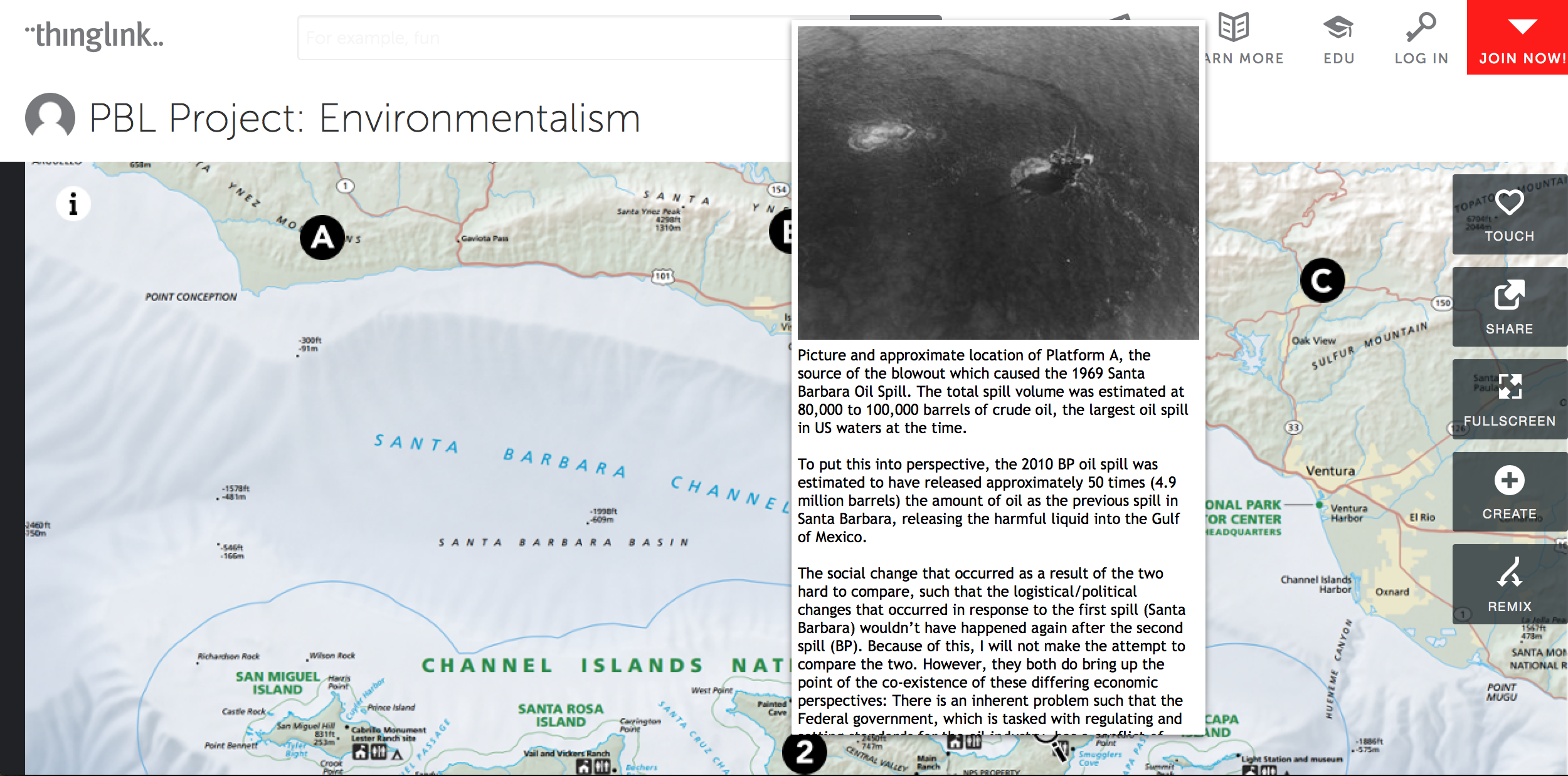Examples
Following are some examples of the kinds of projects that our student created in order to demonstrate the results of their inquiry.
World War II - Journal of a Canadian Soldier
This project is the result of a broader inquiry around Canada's involvement in World War II. The student was interested differences between published, broad histories of events and on the ground personal accounts. This journal was written and antiqued to look and read like a real journal of a WWII soldier. The artifact created to connect to the audience in a personal way was contrasted with the widely understood and published account of the same battle.
World War II - Battle of the Atlantic
This student wanted his audience to think through the challenges of the naval battles in World War II. Rather than simply giving a lecture or PowerPoint presentation detailing the statistics and history of the actual battles, he used this information to create a board game for his classmates to play. The board was cut out of a piece of plexiglass on a laser cutter, and he designed the pieces which were printed on a 3D printer. The game book outlines rules of game play but also puts those rules in the context of the actual battles.
The 60s - Vietnam War, Draft Dodgers

One student decided that to best understand the thinking of Vietnam War Draft Dodgers, one must be put in a situation to make the same decisions that the original Daraft Dodgers did. To do this, he built a text adventure game. Click on the image above and play it yourself!
The 60s - The Dirtbaggers
This student is an avid rock climber and was eager to explore something connecting that passion with the decade of major social change. When he learned about the Dirtbaggers, he knew that he'd hit paydirt! He knew that to truly understand what motivated this group of people who dropped out of society to live on and below El Capitan in Yosemite National Park then go on to establish some of the most ethically, socially and environmentally aware outdoor equipment companies, he would have to find some way to immerse his audience in the beauty of that inspirational wilderness. After exploring ways of building physical models that never seemed to do what he wanted, he moved to an interactive digital platform that encouraged his audience to explore.
World War II - Economic Implications for Canada
This student had a passion for film making and was interested working with the idea of animated drawing video. While the audio is difficult to hear, you might be able to hear the use of automated voice-over software that allowed the student to not only try a different approach to delivering his script, but also to deal with a very sore throat at the time he needed to record the video.
World War II - Krystalnacht
This student had a very personal connection to his topic which related to Canadian perceptions of the German population during World War II. While his actual made product was a journal, he presented a second, photo essay in order to present to his audience. The journal itself relied heavily on diaries of family members and was constructed to feel very much like original documents. You can access the text of the journal here and will note reference to types of paper used as it related to what was available at the time.
The 60s - Capitalism vs Environmentalism

The 60s - Stonewall and Gay Rights
This description of this project is supplied by the student
Some of the most heavily prosecuted LGBTQ groups sought refuge at the Stonewall Inn, a Mafia-Owned community beyond the reach of the New York City Police Department. A series of violent aggressions by the LGBTQ community inspired several activist groups, pledging to protect the rights of Gay-Lesbian citizens. Today, over 35 US states have legalized gay marriage, with many pride parades to represent the support of modern-day members of the LGBTQ community. Through this PBL, I wanted to create an art piece that honours the struggles of the Pre-Stonewall era, and commemorates the modern success of the LGBTQ community. I planned to create a piece that takes the shape of the Rainbow Flag. The art piece is a series of wood slats, and every one has a different colour of the most recent rendition of the flag. (life, healing, sunlight, nature, harmony, and spirit) On the left side of the flag, the colours will be faded to a greyscale, in which many of the colours will be indistinguishable. This will represent the indifference towards the support of sexual diversity during the 1950’s era. As viewers pan to the right of the piece, each level of the flag will fade back to the vibrant colours of the modern Pride Flag. Superimposed upon the flag is a photo journal/collage of the lives of the LGBTQ community, forming a visual timeline across the art piece. Coincidentally, the evolution from black and white to colour photography follows the documentation and theme of the art piece. The piece itself used a medium of my own design: into-to-wood transfer. This process involves prepping 8 1/2 by 11 inch papers with wax paper, running them through an ink printer, and burnishing inversed images onto wood. the entire mural was split into 25 pieces. (meaning prepping 25 sheets with wax paper!) With the prep process taking 3 hours alone. (on top of design process)
I felt that an art piece was the most effective way to summarize my research, as it provided a statement, rather than an opinion. Viewers are left to develop their own opinions, which I feel is crucial to individual’s freedoms of interpretation of the PBL, regardless of personal beliefs.